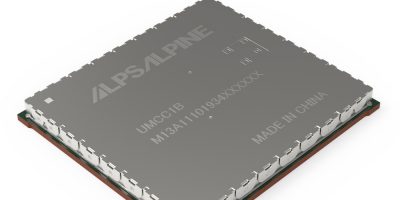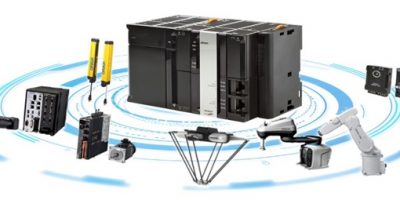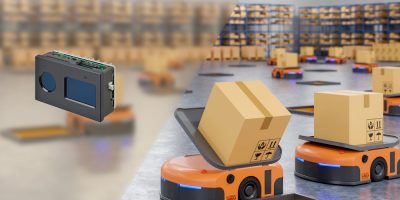The LoRa Basics Modem-E software modem and LoRa Edge Tracker reference design lower development costs and eliminate design complexity for IoT applications, claims Semtech.
Both are designed for its LoRa Edge platform. LoRa Basics Modem-E is a software modem which complies with the LoRaWAN protocol for the LoRa Edge platform that runs inside the LoRa Edge transceiver.
LoRa Basics Modem-E is part of the LoRa Basics library of software tools and accelerators while the LoRa Edge Tracker reference design incorporates LoRa Edge hardware with the LoRa Basics Modem-E software modem in an industrial sensor design. The integrated LoRa Cloud services provide a ready-to-deploy reference solution for asset tracking, says Semtech.
“LoRa Basics Modem-E significantly simplifies the development of long range, low power IoT solutions. Leveraging the strengths of the LoRaWAN protocol, LoRa Basics Modem-E runs inside the LoRa Edge transceiver and by abstracting complexity allows IoT solution developers to focus efforts on developing value added solutions for their customers with less focus on connectivity development,” said Sree Durbha, director of LoRa product line management in Semtech’s Wireless and Sensing Products group.
The LoRa Edge Tracker reference design supports the rapid evaluation of LoRa Edge-based asset tracking applications, Durbha continued. It provides a blueprint for commercial asset tracking products and services, reducing time to market in a a variety of markets, including transportation, logistics and supply chain, cities and building infrastructure, home and communities, healthcare, agriculture, food services, he added.
LoRa Basics Modem-E embedded software will be tested and maintained by Semtech (along with the latest versions of the LoRaWAN protocol). It supports AES-128 bit encryption and enables the secure connection of sensors to any LoRaWAN -compliant gateway.
According to Semtech, because it is fully certified and production-ready, the LoRa Basics Modem-E fast tracks the LoRa Alliance certification process, to accelerate time-to-market. LoRa Basics Modem-E also has application programming interfaces (APIs) to integrate with Semtech’s LoRa cloud geolocation and LoRa cloud device and application services, including GNSS almanac updates, designed to further simplify development.
The LoRa Edge Tracker reference design has been developed in collaboration with Actility and Tago.IO, and includes LoRa cloud Geolocation capabilities and Tago.IO’s cloud-based dashboards and analytics. Actility will also provide a complete tracking kit including the LoRa Edge Tracker reference design and a pre-provisioned gateway operating on the LoRaWAN protocol to enable customers to quickly evaluate a complete end-to-end IoT tracking system.






